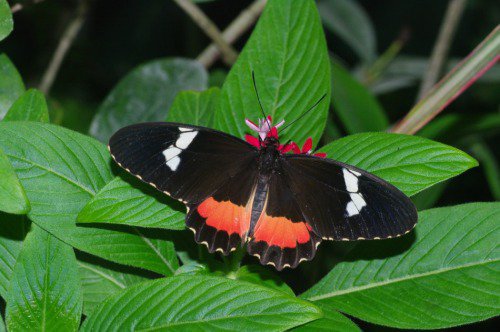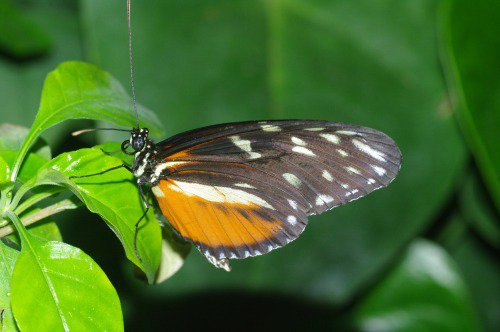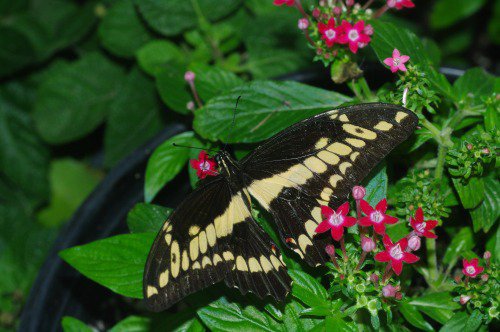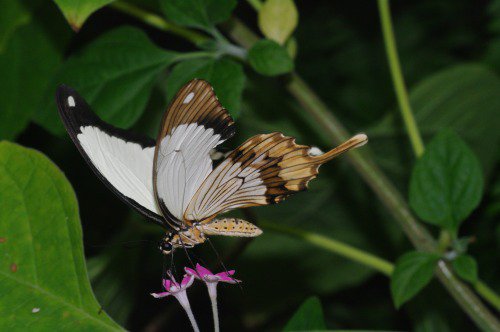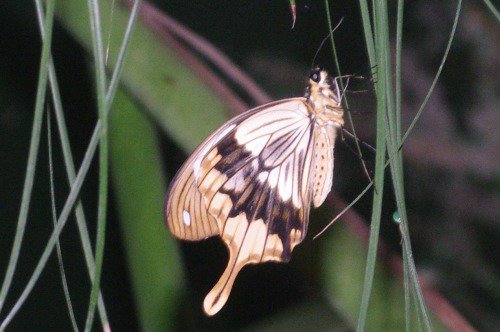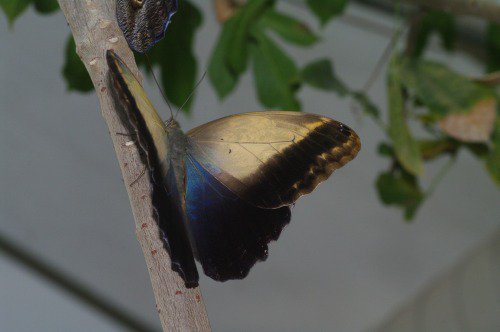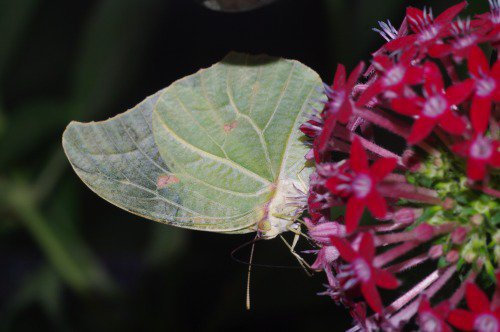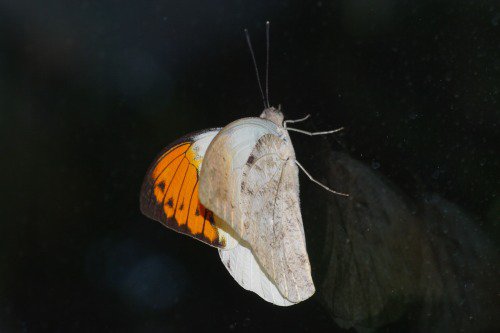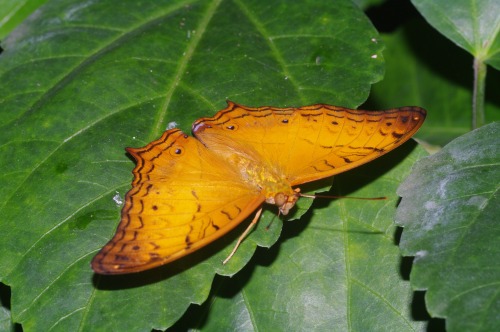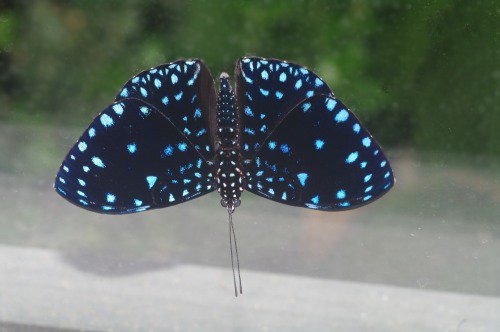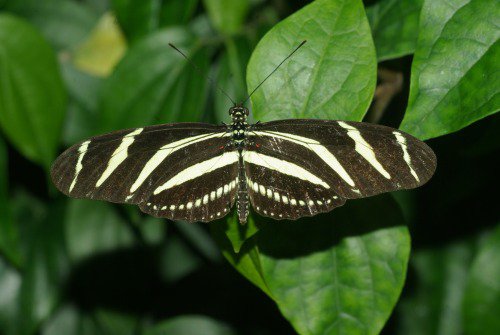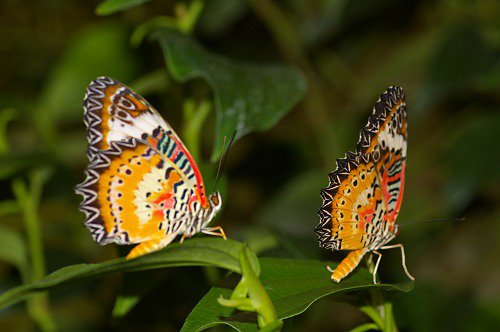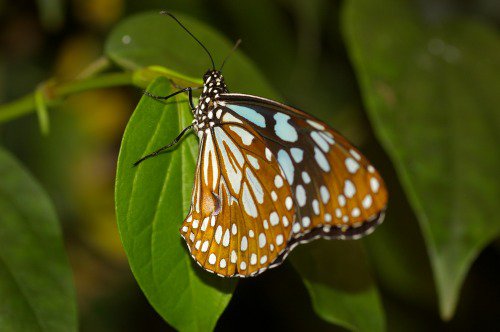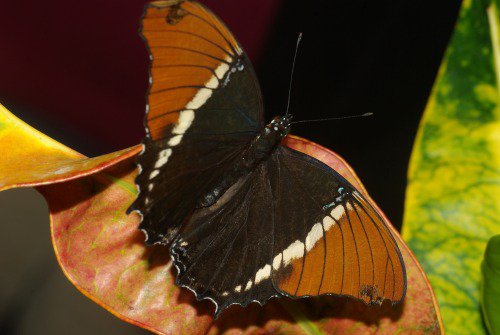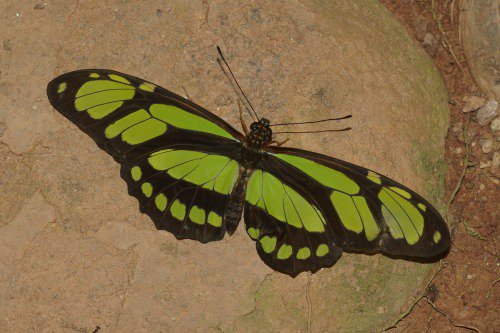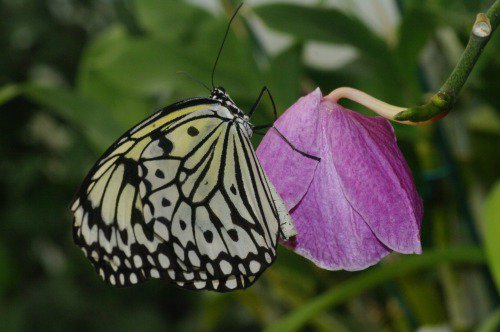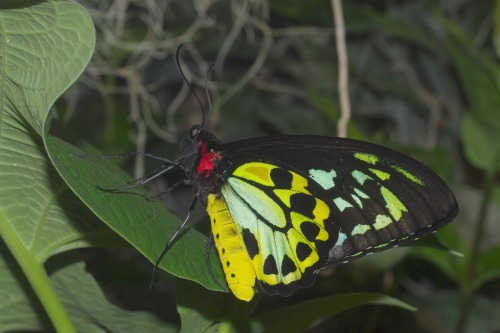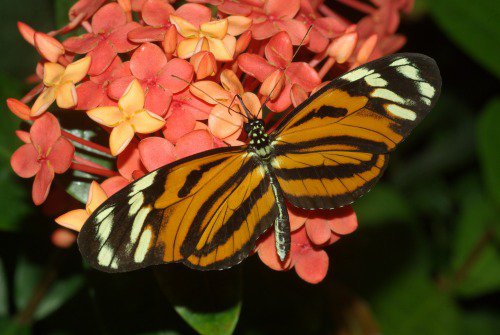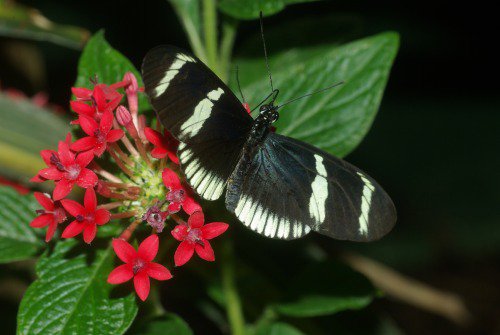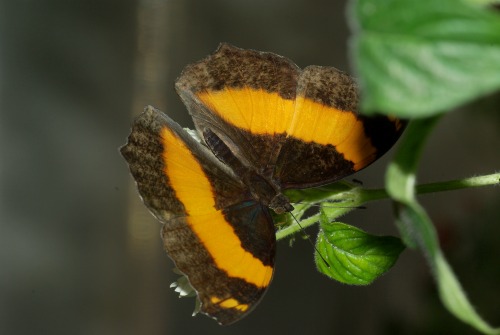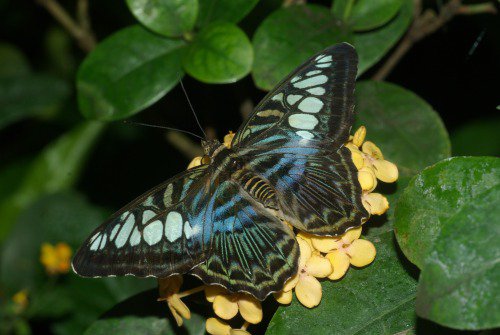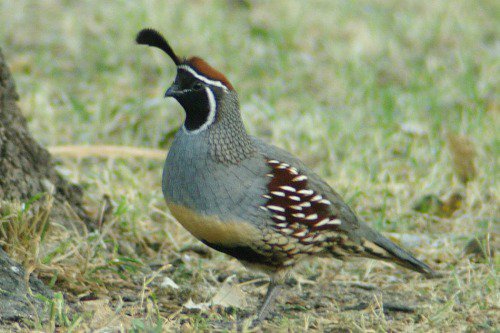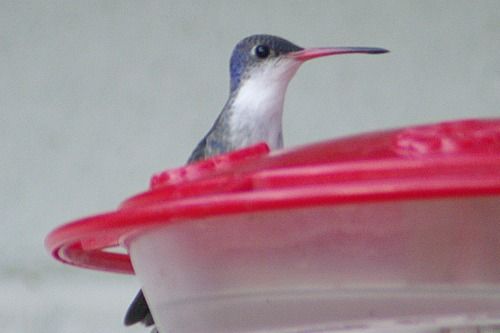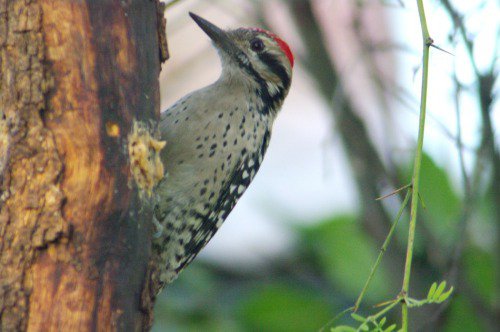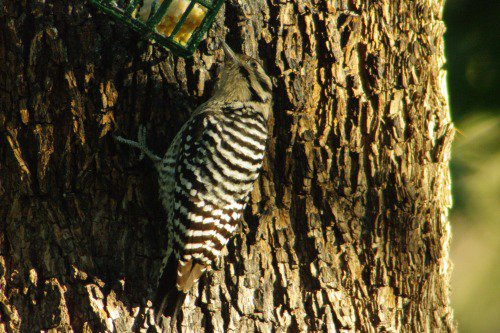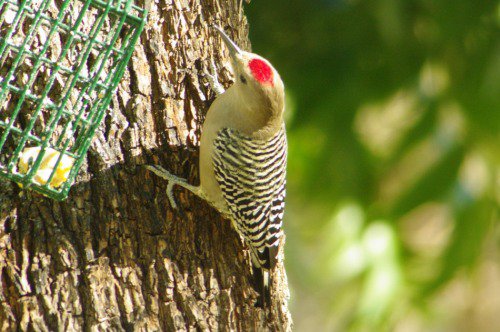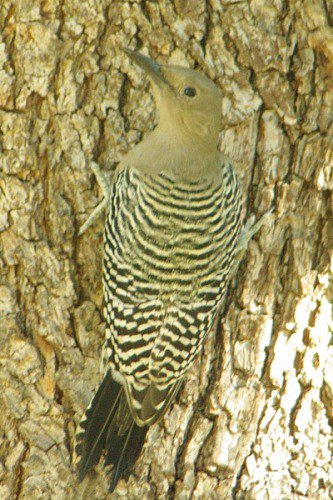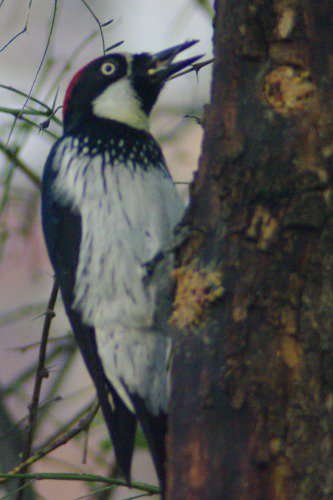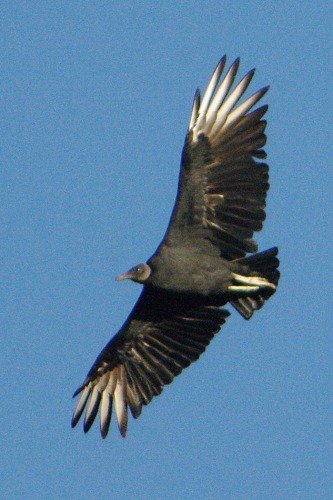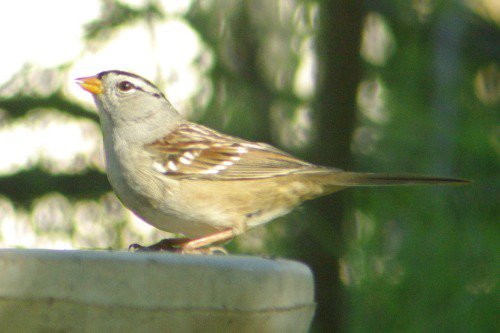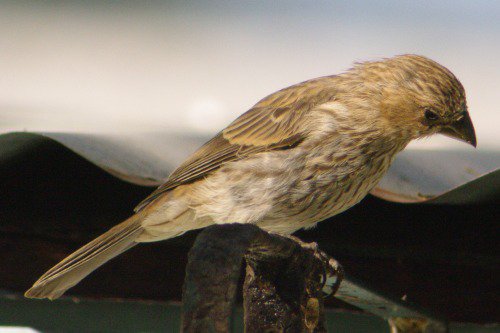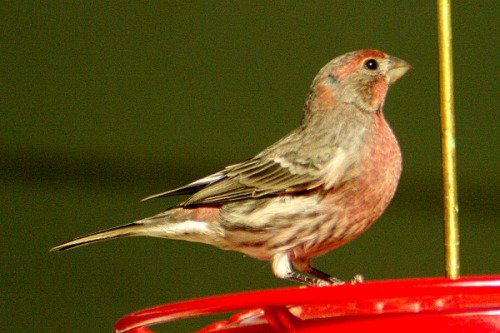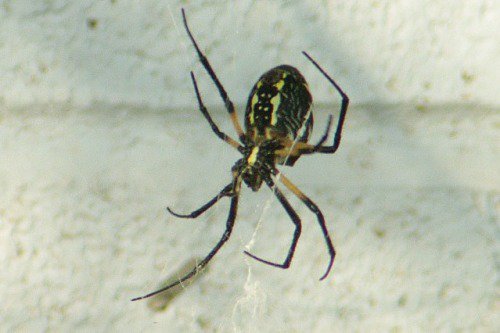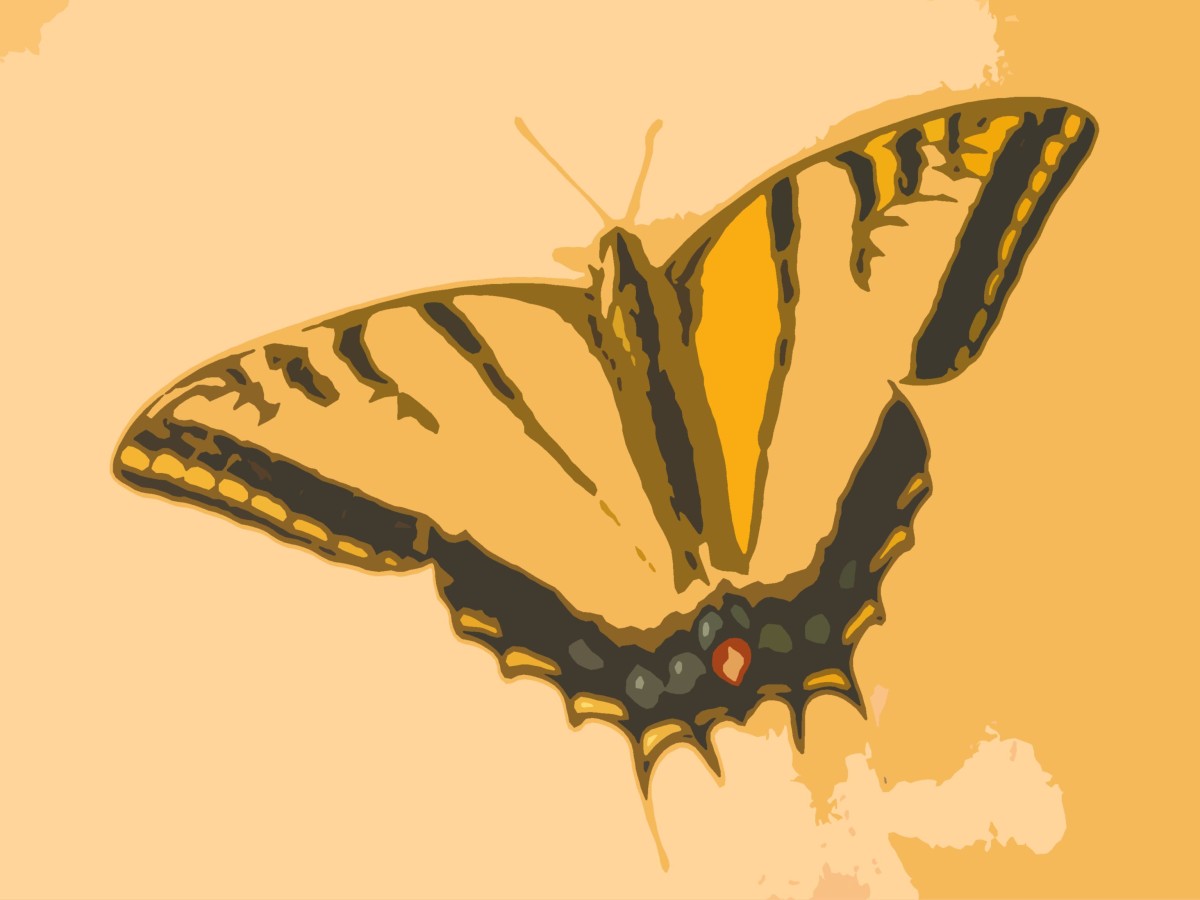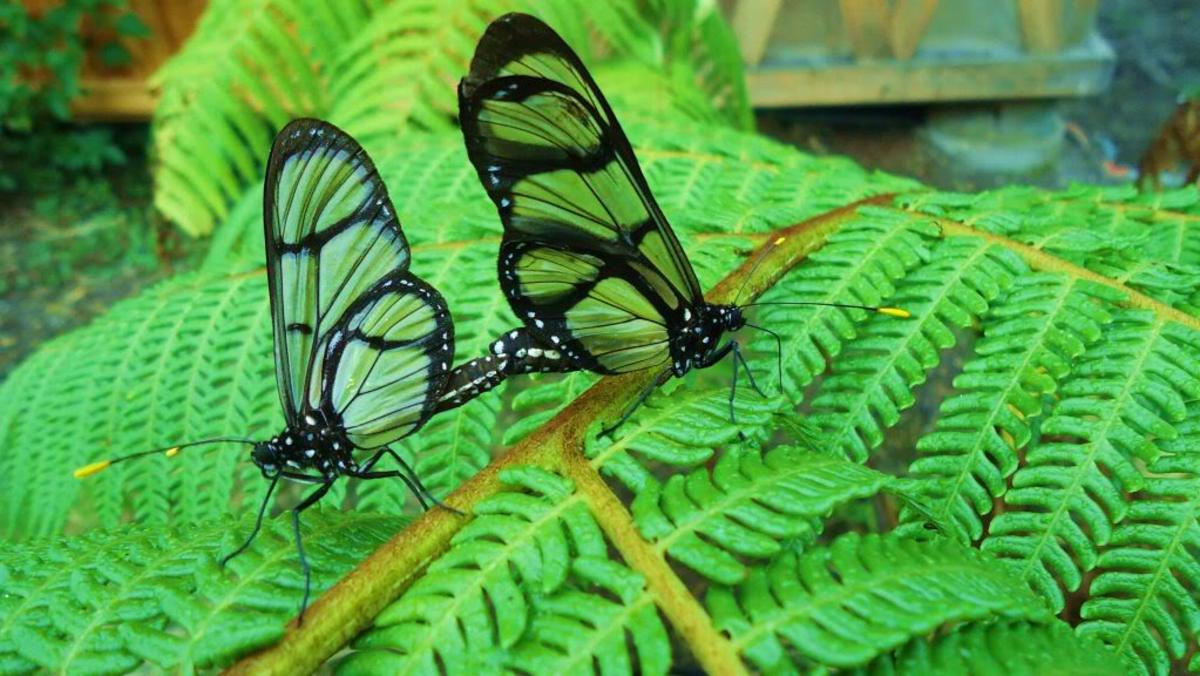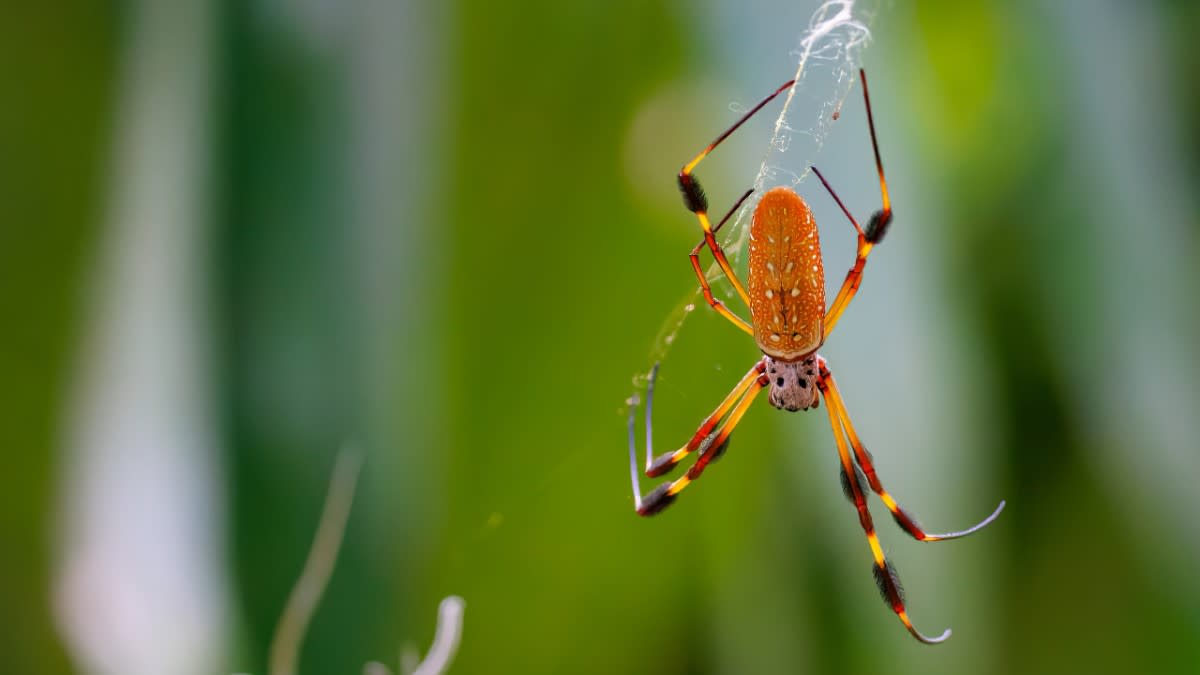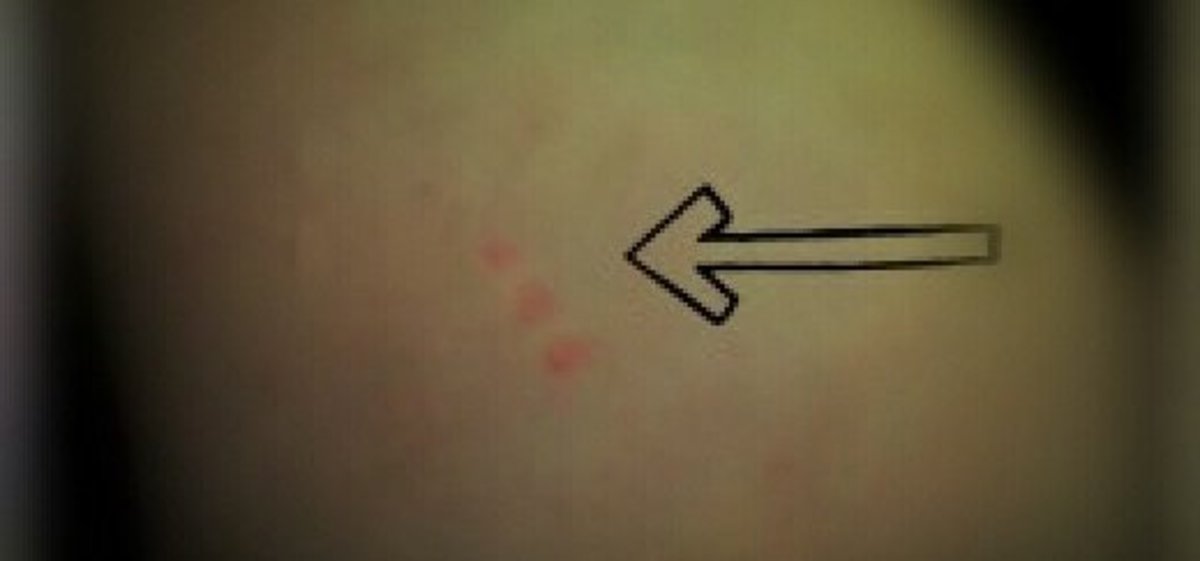The Birds and the Bees, er Butterflies
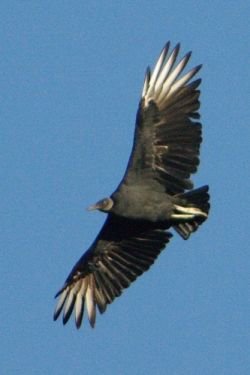
List mania
Birdwatchers, or birders, as they call themselves, are notorious keepers of lists. The life list is the most important one. It contains the names of all the birds a birder has seen in the wild in his lifetime. In addition, there is the Big Year list. This is when a birder makes special effort to go to many places, to see how many species he can log in a year. And then people keep lists of all the birds seen in one state, all the birds seen in one county, all the birds seen in his back yard, and all the birds seen in a single day, among others. I plan to go to a Big Sit today. (By the time you read this, it will be past tense, Deo volente, if I go, and see below: I did). A Big Sit is when you sit around with a bunch of people, to see how many birds you can see at that one location in one day. And people do census, where they go out and see how many birds they can find at a given location, with a team. All of these figures are collected, collated, reported, and used to analyze the migration of birds, which birds are being seen where, and so forth. Books on birds, such as Sibley's, include maps of where birds are seen frequently, and in what seasons. The maps also include little blue dots where a bird has been seen, usually by several people, but is not a regular. And there are different terms for how often a bird is seen.
As you can see, lists can serve some very important purposes. Studying which birds and how many visit an area over the years lets us develop programs for helping preserve their habitat and keeping populations healthy.
Just be glad I'm not giving you my bird Life List. I currently have 264 species on it. I have met people who have 500 or even 800 on their Life List!
In that spirit, I turn to butterflies. I don't know whether people who watch butterflies do the same things or not. I haven't gotten that involved. But I do go regularly to see a butterfly exhibit in town. It runs from October through April, and I try to go at least once a month. The butterflies are all from tropical regions, and many are very colorful. Surprisingly, many are predominantly black or brown. And some black butterflies have iridescence that gives them color, usually a deep, rich blue. These colors are caused by refraction, produced by the tiny structures in the fine details of a butterfly's wing.
So I present to you several lists of tropical butterflies. And one list of Arizona birds.
I am showing you the Black Vulture here, because for the moment, it is the only way I can guarantee you will see the whole bird.
All photos by me.
Butterflies Seen Last Week
This is a list of the butterflies I saw last week on a single day, with photos. Included are two moths. One was freshly "hatched out" and they had him in a little gauze box, but they didn't let him out while I was there. He was asleep, because it was daytime.
So here are the species I saw:
Heliconian - I don't know what species. I'll find out. * Resembles Heliconius erato or Heliconius clysonymus
Paper Kite - Idea leuconoe
Blue Morpho - Morpho peleides
Memnon Giant Owl - Caligo memnon
Common Mormon - Papilio polytes
Great Mormon - Papilio memnon
Peacock - Papilio bianor
Violet Clipper - Parthenos sylvia violaceae
Atlas Moth - Attacus atlas
African Moon Moth - Argema mimosae
Palawana Birdwing - Troides rhodamantus (female)
Mocker Swallowtail - Papilio dardanus (several patterns)
Thoas Swallowtail - Papilio thoas
Red Lacewing - Cethosia biblis
Great Eggfly - Hypolimnas bolina (female)
Orange butterfly, no close looks
Golden Longwing - Heliconius hecale
*Heliconians are from South and Central America, and some make it to the United States. There are many different patterns and colors, and it's downright confusing to identify them.
It was a rather sparse day, actually. But as usual, I got good photos of some species that were either new, or I hadn't gotten good pictures of before. I was able to get photos of the top side of the Mocker Swallowtail for the first time, in spite of the fact they're active as the dickens! The volunteer also helped. He had a dead one he laid out for me.
Note: the inside of the wings, seen when the butterfly is resting with wings open, is called "up". The outside, seen best when the butterfly has wings closed, is called "un".
Some of the Butterflies I Saw
Click thumbnail to view full-size






"Life List" of Tropical Butterflies
Every year, the Tucson Botanical Gardens publishes laminated pages of the species you are likely to see in their butterfly exhibit. I buy one every year, and keep track of the species I have seen in the years I have been going there. I have nearly 100 species. (If you add local species I have seen in the wild, my Life List of butterflies is over 100.) This is a largely complete list of what I have seen there (I will give you a few nice images of some of these next):
Blue Clipper - Parthenos sylvia lilacinus
Brown Clipper - Parthenos sylvia philippensis
Violet Clipper - Parthenos sylvia violaceae
Archduke - Lexias dirtea
Red Lacewing - Cethosia biblis
Leopard Lacewing - Cethosia cyane
Orange Lacewing - Cethosia penthesilea
Zebra Longwing - Heliconius charithonia
Clysonymus Longwing - Heliconius clysonymus
Cydno Longwing - Heliconius cydno
Doris Longwing - Heliconius doris
Golden Longwing - Heliconius hecale
Postman - Heliconius melpomene
Sapho Longwing - Heliconius sapho
Sara Longwing - Heliconius sara
Gulf Fritillary - Agraulis vanillae
Silverspot - Dione juno
Julia - Dryas iulia
Bamboo Page - Philaethria dido
Common Leopard - Phalanta phalantha
Cruiser - Vindula arsinoe
Red Rim - Biblis hyperia
Mexican Catone - Catonephele mexicana
Spotlight Catone - Catonephele numilia
Blue Wave - Byscelia cyaniris
Red Cracker - Hamadryas amphinome
Variable Cracker - Hamadryas feronia
Starry Night Cracker - Hamadryas laodamia
Great Eggfly - Hypolimnas bolina
Lurcher - Yoma sabina
Autumn Leaf - Doleschallia bisaltide
Asian Dead Leaf - Kallima inachus
Scarlet Peacock - Anartia amathea
Rusty-tipped Page (aka Chocolate Malachite) - Siproeta epaphus
Malachite - Siproeta stelenes
Zebra Mosaic - Colobura dirce
Red Admiral (or Painted Lady) - Vanessa atalanta (Vanessa cardui)
Giant Charaxes - Charaxes castor
Flame-bordered Charaxes - Charaxes protoclea
Pearl Charaxes - Charaxes varanes
Jazzy Leafwing - Hypna clytemnestra
Tiger with Tails - Consul fabius
Queen Owl - Caligo atreus
Giant Owl - Caligo eurilochus
Memnon Giant Owl - Caligo memnon
Owlet - Opsiphanes sp.
White Morpho - Morpho polyphemus
Achilles Morpho - Morpho achilles
Blue Morpho - Morpho peleides
Harmonia Tigerwing - Tithorea harmonia
Thyridia Clearwing - Thyridia psidii
Costa Rican Clearwing - Greta oto
Paper Kite - Idea leuconoe
Queen - Danaus gilippis
Monarch - Danaus plexippus
Tiger - Tirumala septentrionis
African Moon Moth - Argema mimosae
Luna Moth - Actias luna
Atlas Moth - Attacus atlas
Forbes Moth - Rothschildia lebeau forbesi
Sleepy Orange - Abaeis (Eurema) nicippe
Orange-barred Supphur - Phoebis philea
Great Orange Tip - Hebomoia glaucippe
Lemon White - Ganyra (Ascia) limona
Tailed Jay - Graphium agamemnon
Batwing - Atrophaneura semperi
Pipevine Swallowtail - Battus philenor
Polydamas Swallowtail - Battus polydamas
Priamus Birdwing - Ornithoptera priamus
Rose Swallowtail - Pachliopta aristolochiae
Transandean Cattleheart - Parides iphidamus
Helena Birdwing - Troides helena
Palawana Birdwing - Troides rhadamantus
Peacock - Papilio bianor
Thoas Swallowtail - Papilio thoas
Mocker Swallowtail - Papilio dardanus
African Citrus Swallowtail - Papilio demodocus
Blue-banded Swallowtail - Papilio nireus
Green-banded Peacock (aka Peacock Swallowtail) - Papilio palinurus
Blue Mountain Swallowtail - Papilio ulysses
Great Yellow Mormon - Papilio lowii
Great Mormon - Papilio memnon
Common Mormon - Papilio polytes
Scarlet Mormon - Papilio rumanzovia
Mime - Chilasa clytia
Sample Butterflies
Click thumbnail to view full-size

















Lists
What do you make or keep lists of?
Bird List
Big Sit, Paton House, Patagonia, Arizona
Sunday, I participated in a Big Sit for the first time. A Big Sit is when everyone sits in a circle 17 feet in diameter, for anywhere from an hour to all day, just to see what birds show up. It has contests and stuff attached to it, and people can get pledges. It is sponsored by a birding magazine.
When I was there, I was pretty much by myself most of the afternoon. Most birders look for birds in the morning, because birds tend to be more active then. But I am not a morning person, and I have discovered it is actually life-threatening for me to drive during the hours I normally sleep, and switching my schedule hasn't happened in a half century, so it won't be happening now. I did add three birds to the list of 42 that everyone saw. I also got good photos of a Black Vulture for the first time, and mediocre pictures of a Lazuli Bunting (better luck next time). My own list was 17 birds. I'm listing those here, and will include some photos below:
Gambel's Quail - Callipepla gambelii
Black Vulture - Coragyps atratus
Sharp-shinned Hawk - Accipiter striatus
White-winged Dove - Zenaida asiatica
Mourning Dove - Zenaida macroura
Anna's Hummingbird - Calypte anna
Broad-billed Hummingbird - Cynanthus latirostris
Violet-crowned Hummingbird - Amazilia violiceps
Acorn Woodpecker - Melanerpes formicivorus
Gila Woodpecker - Melanerpes uropygialis
Ladder-backed Woodpecker - Picoides scalaris
Common Raven - Corvus corax
White-crowned Sparrow - Zonotrichia leucophrys
Pyrrhuloxia - Cardinalis sinuatus
Lazuli Bunting - Passerina amoena
House Finch - Haemorhous mexicanus
Lesser Goldfinch - Spinus psaltria
Oh, and the fellow who manages the place also pointed out a spider near the house, so I'll include a photo of that as well. It's an orb spider of some kind, but I haven't tried to identify the species yet.
Big Sit Birds
Click thumbnail to view full-size











The Birds and the Butterflies
Field Guides, mostly
Tropical Butterflies of the World
by J. Duane Sept
Butterflies and Moths (Golden Guide)
by Robert T. Mitchell, Herbert S. Zim
Birds of Arizona Field Guide
by Stan Tekiela
National Geographic Field Guide to Birds: Arizona & New Mexico
Birds of Southeastern Arizona
by Richard Cachor Taylor

